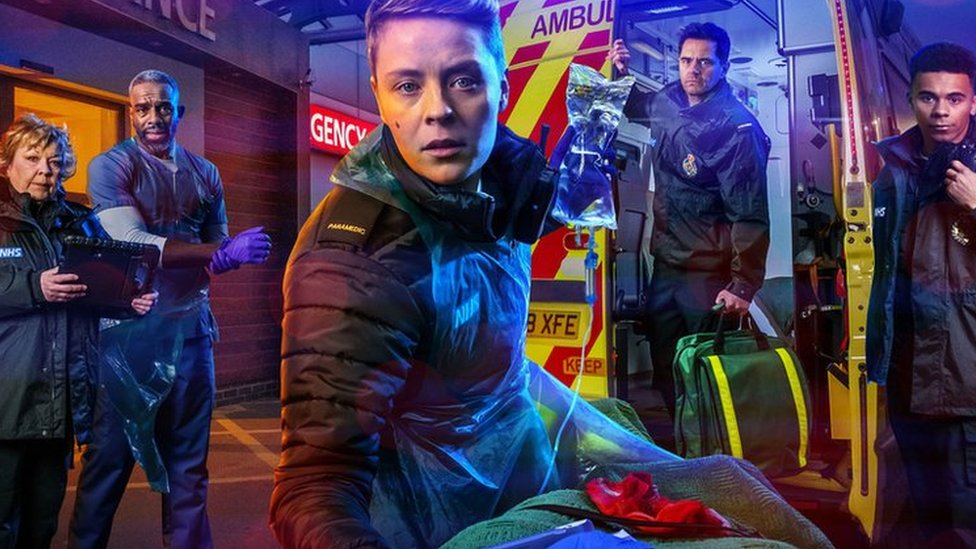When it comes to medical drama, no show brings the chaos, crisis, and claret quite like BBC’s Casualty. For years, the series has stunned viewers with heart-stopping ER emergencies and graphic surgical scenes that make you wince with how real they look. But how do they pull it off without crossing the line into actual surgery? We finally have an answer—and it’s more fascinating (and gorier) than you might expect.

During a recent set visit by Express.co.uk, the prosthetics team at Casualty lifted the curtain on the behind-the-scenes techniques that make every surgical moment feel like a matter of life and death. At the heart of it all: fake blood, clever pumping systems, and some incredibly detailed prosthetics.
Yes, those gruesome injuries and high-stakes operating table scenes are often centered around hollow body parts—torso molds that are anatomically accurate, yet designed to be filled, cut open, and operated on as needed. Inside those artificial bodies? Removable organs, tubing, and hidden compartments for blood flow. It’s as high-tech as it is stomach-turning.
What makes these sequences so convincing, though, is how the blood moves.
Rather than relying on simple splash effects or pre-painted wounds, the team installs small pumps inside the prosthetic bodies. These allow the blood to flow—not just spill—mimicking the rush and pressure you’d see in a real emergency. From arterial spurts to slow internal bleeds, every drop is planned and executed with surgical precision.

And make no mistake: blood isn’t just an effect in Casualty. It’s a character.
The 2025 Christmas special, for instance, was built entirely around the theme of blood—both in its dramatic context and real-world relevance. The episode emphasized the life-saving impact of blood donation, weaving the message into its most intense surgical storyline yet. While viewers saw the tension and the trauma, what they didn’t see was the sheer amount of technical artistry happening just inches beyond the camera’s view.
Inside the prosthetic room, rows of silicone arms, legs, organs, and even synthetic veins line the shelves. Each is color-matched and weathered to reflect not only realism, but the demands of storytelling. Whether it’s a car crash, a stabbing, or a complex heart surgery, the team creates custom prosthetics to match the script’s emotional and visual tone.
According to insiders, it’s not uncommon for one surgery scene to take hours of preparation and multiple resets. The blood pumps are tested and timed with camera cues, and the fake organs are inserted with choreographed precision. One mistimed pump or misaligned incision, and the illusion is lost.

So next time you’re watching Casualty and gripping the edge of your seat while a character fights for their life in theatre, take a moment to appreciate the invisible heroes in the prosthetics room—crafting every heartbeat, every incision, every drop.
Because on Casualty, the blood may be fake—but the stakes feel all too real.
Did you guess this secret already—or are you shocked at how deep the illusion runs?





